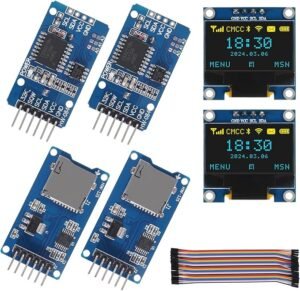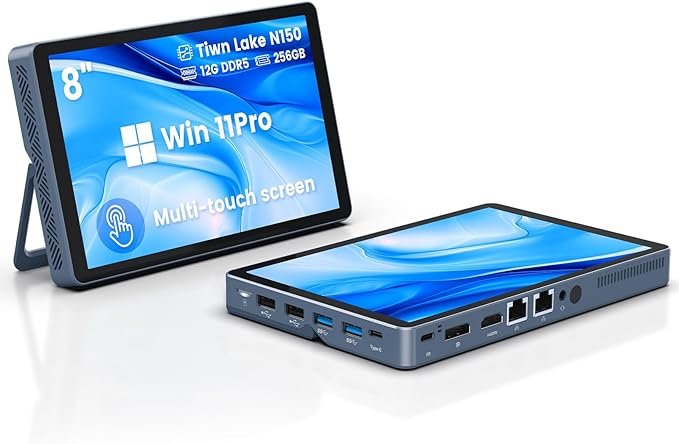I’ve spent years exploring new display technologies in AR/VR optics and wearable devices. From my own experience testing both Micro LED and Micro OLED screens, I’ve seen how each one changes how we see visuals. Both are small, bright, and powerful, yet they perform differently depending on where they’re used.
micro LED vs micro OLED display comparison
Today, every modern gadget—from smart glasses and VR headsets to digital cameras relies on micro displays. Understanding the difference between Micro LED and Micro OLED helps in choosing the right one for clarity, color, and power efficiency.
What Is Micro LED Display Technology?

A Micro LED display is made of thousands of tiny light-emitting diodes (LEDs). Each micro LED works as its own light source, meaning it can turn on and off without needing a backlight. This creates bright, sharp images that work even in sunlight.
How It Works:
-
Each pixel is an individual LED.
-
The LEDs emit light directly, which makes the display brighter.
-
Images stay clear even in high-light environments.
Key Features:
-
High Brightness: Ideal for outdoor use.
-
Low Power Use: Consumes less energy than traditional LEDs.
-
Long Life: Less chance of image burn-in.
Main Benefits:
Micro LED displays are perfect for wearable devices, AR helmets, and industrial displays because of their durability, energy efficiency, and wide temperature range.
What Is Micro OLED Display Technology?

A Micro OLED display uses organic light-emitting diodes built on silicon wafers. Unlike Micro LED, these displays use organic materials that light up at the pixel level. This gives deeper blacks and smoother color transitions.
How It Works:
-
Each organic pixel produces its own light.
-
There’s no backlight, so blacks are true black.
-
Works best in small optical modules for smart glasses or EVF viewfinders.
Key Features:
-
High Contrast Ratio – Strong color accuracy and deep black levels.
-
Thin & Lightweight – Great for AR and VR optics.
-
Fast Response Time – Clear visuals during fast motion.
Main Benefits:
Micro OLED displays deliver cinema-quality color, lightweight designs, and low power draw, making them the top choice for immersive displays and portable optical modules.
Micro LED vs Micro OLED: Key Comparison Factors
| Feature | Micro LED | Micro OLED |
|---|---|---|
| Brightness | Very High (good for sunlight) | Moderate (best indoors) |
| Contrast | High | Very High |
| Color Accuracy | Excellent | Excellent |
| Durability | Long lifespan, no burn-in | Shorter lifespan, risk of burn-in |
| Energy Use | Low | Very Low |
| Design Flexibility | Rigid modules | Flexible panels |
Brightness and Contrast
Micro LEDs are champions of brightness, making them ideal for outdoor AR devices and head-up displays. Micro OLEDs, however, create deeper blacks and perfect contrast for indoor VR systems or cinematic visuals.
Color Accuracy and Viewing Angles
Both technologies deliver vivid colors, but Micro OLED edges ahead in color depth and viewing comfort, especially for optical modules close to the eye.
Durability and Lifespan
Micro LED lasts longer and resists image burn-in, which makes it more stable for industrial and automotive displays.
Energy Efficiency
Both save energy, but Micro OLED uses less power in darker environments, while Micro LED handles bright, daylight conditions more efficiently.
Design Flexibility
Micro OLED offers flexible design possibilities—great for curved or foldable optics. Micro LED is still mostly used in rigid display structures.
Which Display Performs Better in Real Devices?
Let’s see how both displays perform in real-world gadgets.
-
AR/VR Headsets: Micro OLED wins for contrast and compact design, perfect for immersive environments.
-
Smart Glasses: Micro LED shines outdoors with strong brightness and visibility.
-
Digital Cameras: Micro OLED offers sharp EVF image clarity.
-
Automotive HUDs: Micro LED is more heat-resistant and durable, ideal for cars and aircraft.
Each display has a specific strength. From my testing, I’ve found Micro OLED works best for wearable and immersive applications, while Micro LED performs better in tough lighting conditions.
Future of Micro Display Technology
The next generation of micro display technology is moving toward hybrid designs, combining Micro LED and Micro OLED advantages. Engineers are also working on transparent, flexible displays and low-cost manufacturing to make them available in mass markets.
Soon, we’ll see micro displays in smart helmets, AI-powered glasses, and portable medical devices. Both Micro LED and Micro OLED will shape how the optical and display industry evolves.
Both Micro LED and Micro OLED are powerful display technologies. If you need high brightness, long life, and outdoor use, go for Micro LED. If you prefer deep blacks, thin size, and vivid colors, Micro OLED is the better choice.
As someone who has seen both in action, I can say each has its own place depending on your needs. The right choice depends on where and how the display will be used.

